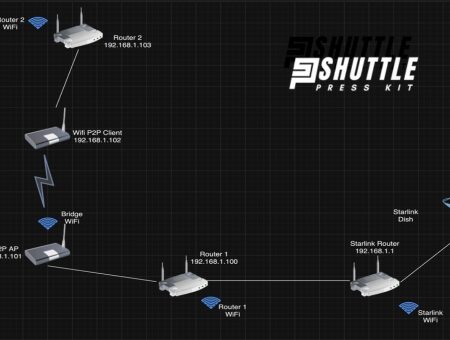I’ve been exploring the latest in home internet tech, and guys, you’ve got to hear about this. Have you ever struggled with poor Wi-Fi signal strength around your place? It’s a total drag, isn’t it? Well, I stumbled upon something super interesting – the Starlink Mesh Node. Hold on tight because this little device could be a game-changer for staying connected!
Okay, let me break down what I found about the Starlink Mesh Node for you. These small units can seriously boost your Wi-Fi range dead spots don’t stand a chance! But sometimes things go sideways and you might hit a snag. If you do run into issues, troubleshooting is pretty straightforward – it’s all about checking connections and making sure everything’s updated. Keep reading, because I’m going to dive into each of these points with tips that could really help out!
Understanding Mesh Nodes
Mesh nodes are integral components of a mesh network, designed to expand internet connectivity across vast and challenging terrains. These nodes operate in harmony, enabling the distribution of data among multiple points.

By functioning collaboratively, they ensure a stable and efficient internet service over large areas. The decentralized nature of mesh networking allows these nodes to relay information either directly or indirectly, optimizing the path of communication based on the proximity and connectivity strength between them.
In the context of Starlink’s mesh networking system, mesh nodes play a crucial role in overcoming connectivity barriers. This system is especially beneficial in remote or underserved regions where traditional internet infrastructure is lacking or impractical.
Through the interconnected web of mesh nodes, Starlink achieves broader coverage and enhanced reliability, ensuring users receive uninterrupted internet access regardless of their location.
Also Read: Low Capacity vs High Capacity Starlink: Optimize Your Choices
Advantages of Using Starlink Mesh Nodes
Starlink Mesh Nodes extend the reach and improve the quality of internet connectivity, particularly in regions where traditional internet infrastructure is sparse or non-existent. These nodes are part of Starlink’s innovative approach to global internet service provision, using satellite technology to bridge connectivity gaps. Here are the key benefits users can experience:
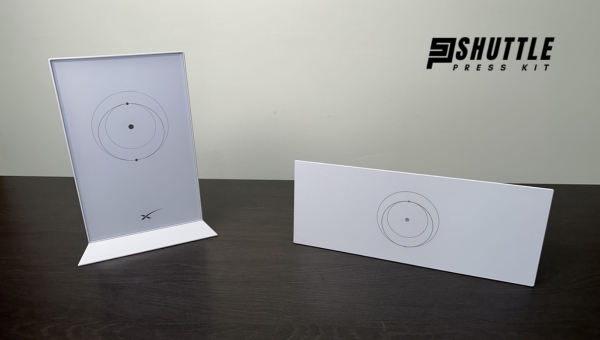
- Wider Connectivity Range: Starlink mesh nodes enhance internet access in remote and underserved areas, providing a solution to the geographical challenges that conventional broadband services face.
- Improved Reliability: The mesh network design minimizes connectivity interruptions, ensuring a more stable and reliable internet connection for users across various locations.
- Enhanced Flexibility: Users enjoy the flexibility to set up their connections in diverse settings, from residential areas to remote workplaces, without significant limitations on location.
- Access to New Technologies: Adopting Starlink mesh nodes means being at the forefront of satellite internet technology, benefiting from modern solutions that address longstanding issues in the ISP sector.
By leveraging these advantages, Starlink Mesh Nodes aim to revolutionize how we think about and access the internet across the globe.
Troubleshooting Starlink Mesh Node Connection Issues
Experiencing issues with your Starlink Mesh node not connecting can be frustrating, especially when you’re relying on a stable internet connection. The mesh nodes are designed to expand the coverage and performance of your Starlink Internet service seamlessly.
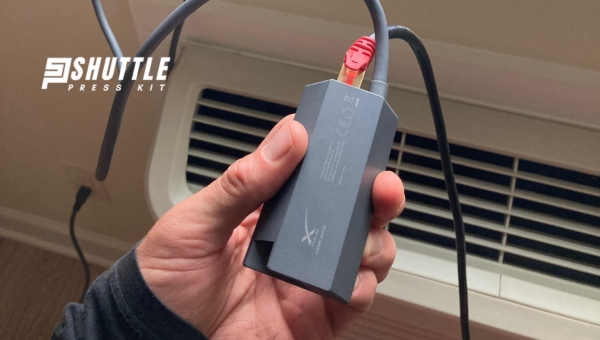
If you encounter problems with connectivity or performance, follow these troubleshooting steps to help identify and resolve the issue:
- Inspect Hardware Configuration: Ensure that all components of your Starlink setup are correctly installed. This includes checking that the cables are securely connected and that the mesh node is properly positioned according to manufacturer guidelines.
- Restart Your System: Sometimes, simply power cycling can resolve connectivity issues. Turn off your main Starlink router and the mesh node, wait for approximately one minute, then turn them back on. This will reboot the system and may restore the connection.
- Check for Obstructions: Physical obstructions can interfere with signal transmission between your main router and mesh node. Make sure there’s a clear line of sight or as minimal interference as possible from walls, large metal objects, or electronic devices.
- Update Firmware: Ensure that both your main router and mesh nodes are running on the latest firmware version available. Firmware updates often include fixes for connectivity issues along with improvements in performance and security. Typically, these updates are automatic but check if there’s an option to manually update through the Starlink app.
Following these steps should help in resolving most connectivity issues with your Starlink Mesh Node. If problems persist after attempting these solutions, it may be necessary to contact Starlink support for further assistance.
Also Read: Starlink vs HughesNet: Which Wins the Satellite Battle?
Range Of Mesh Nodes
When configuring a network of Starlink mesh nodes, the distance between each node plays a crucial role in ensuring optimal performance. These nodes must be positioned within a specific range to maintain strong wireless connectivity with the main terminal.
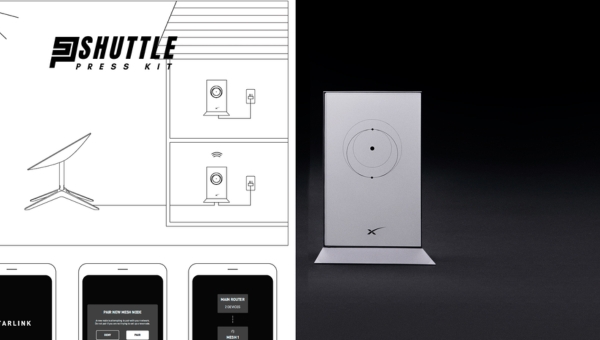
This strategic placement enables seamless signal reception and helps extend reliable internet service over a broader area. Ensuring the nodes are not too far apart is key to preventing signal loss and maintaining high-speed internet access across the network.
Optimizing Mesh Node Placement
Achieving the best coverage and performance from Starlink’s mesh network hinges on avoiding obstructions while carefully considering node distances. A well-planned layout that keeps nodes within their ideal range maximizes connectivity by harnessing robust signal strength directly from the initial source or terminal.
This approach helps circumvent potential barriers that could intervene with signal transmission, thereby enhancing overall network efficiency and delivering consistent internet speeds throughout the covered space.
How to Install Starlink Mesh Network Setup
Installing a Starlink mesh network can enhance your satellite internet coverage, ensuring seamless connectivity across all corners of your home or office. This simple guide walks you through the basic setup process from start to finish.
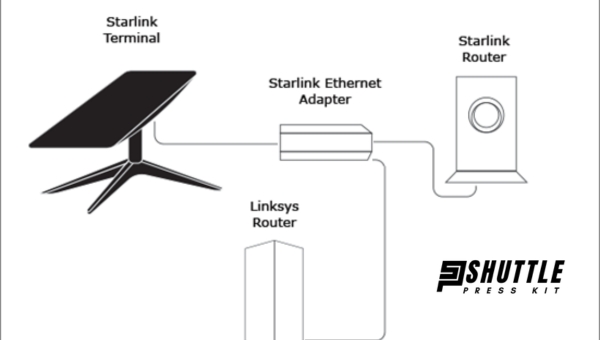
- Order Your Equipment: Before anything else, ensure you have ordered the necessary Starlink mesh nodes and any other equipment directly from Starlink or an authorized dealer.
- Choose an Ideal Location: Select strategic locations within your space where the mesh nodes can cover areas with poor connectivity effectively. The right placement is critical for optimal performance.
- Connect All Necessary Cables: Once you have everything you need, begin by connecting the cables. This includes power cables to each of the Starlink mesh nodes and any other required connections as instructed in the manual or setup guide provided with your equipment.
- Power Up and Launch Mobile App: With everything connected, turn on your Starlink mesh nodes. Then, proceed to download and open the Starlink mobile application on your smartphone or tablet. If you haven’t already, create a new account or log in to manage your service.
Following these steps will set up a robust mesh network in conjunction with your existing Starlink Internet service, significantly boosting coverage and reliability throughout your desired area.
Enhancing Starlink’s Network Reach Using Mesh Nodes
The expansion of Starlink’s internet coverage through mesh nodes signifies a leap toward seamless connectivity across even the most challenging terrains.
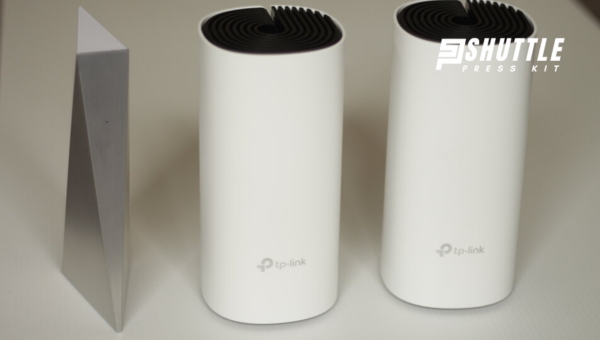
By strategically implementing mesh nodes, Starlink aims to fill coverage gaps and enhance the network’s robustness, ensuring users experience more stable and expansive internet access. Below are crucial steps to effectively augment coverage utilizing this networking system:
- Identify Coverage Gaps: Begin by mapping out areas within the desired service range that currently lack adequate signal strength or connection reliability. Recognizing these weak spots is essential for targeted improvements.
- Assess Obstructions: Acknowledge potential physical barriers such as buildings, trees, or terrain elevations that could interfere with direct line-of-sight connections between your primary terminal and desired extended areas.
- Evaluate Initial Range: Test the preliminary reach of your existing setup to ascertain its effective radius before adding mesh nodes. This step will help determine how many additional units might be necessary for your specific extension needs.
- Plan Node Placement: Strategically plan where to place each mesh node based on identified gaps and obstructions. The aim here is to ensure comprehensive coverage that efficiently utilizes each node’s capacity for signal relaying.
By following these steps, users can significantly enhance their Starlink network coverage, ensuring a more reliable and wide-reaching internet service across various locations.
Also Read: Can You Get A Static IP From Starlink? Find Out Here!
Frequently Asked Questions
What is a Starlink Mesh Node?
A Starlink Mesh Node is a wireless device that extends the coverage and range of your Starlink home internet network.
How is the range of a Starlink Mesh Node?
The range of a Starlink Mesh Node can reach up to 150 feet indoors and 300 feet outdoors, depending on obstructions and interference.
How do I troubleshoot my Starlink Mesh Node?
To troubleshoot your Starlink Mesh Node, try relocating it to a different spot, rebooting it, or checking for any firmware updates.
Can I use multiple Starlink Mesh Nodes in my home?
Yes, you can use multiple Starlink Mesh Nodes to create a stronger and more reliable internet connection throughout your home.
Conclusion
The Starlink Mesh Node offers an impressive range and a practical solution for extending your high-speed internet coverage across larger areas. Through this review, it has become clear that by strategically placing these Mesh Nodes around your property, you can significantly enhance both the strength and reliability of your internet connection.
Whether you’re combating dead zones or just seeking to improve overall connectivity for a myriad of devices, the Starlink Mesh Node is up to the task. Additionally, with straightforward troubleshooting tips readily available, users can navigate through most issues without substantial difficulties.
